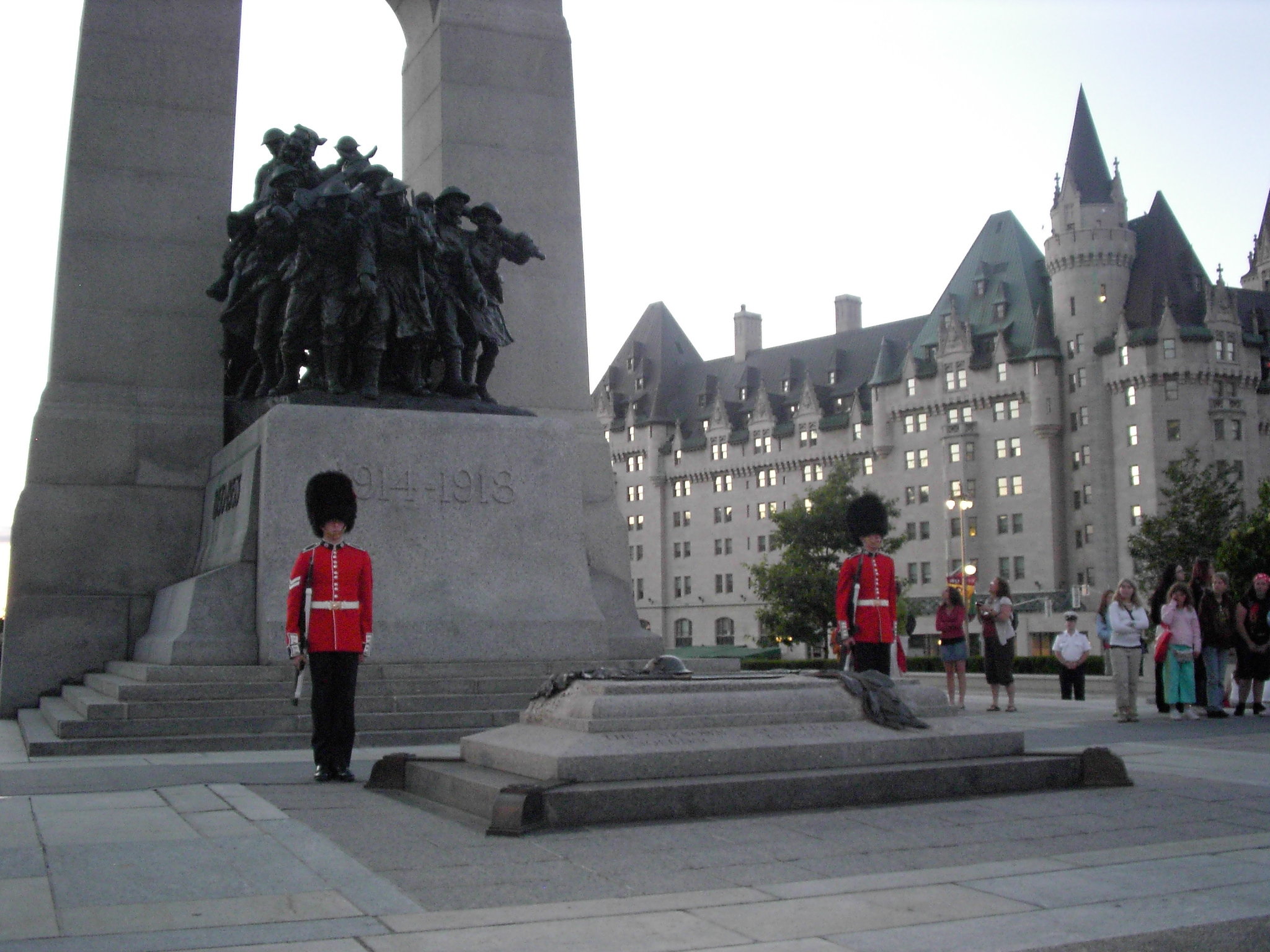|
The Mercury March
''The Mercury March'' was a song composed in 1974 by Major Albert Cornelius (Con) Furey. It is the March_(music), march for the Communications and Electronics Branch of the Canadian Forces. References Canadian military marches Military history of Canada 1974 compositions {{classical-composition-stub ... [...More Info...] [...Related Items...] OR: [Wikipedia] [Google] [Baidu] |
March (music)
A march, as a musical genre, is a piece of music with a strong regular rhythm which in origin was expressly written for marching to and most frequently performed by a military band. In mood, marches range from the moving death march in Richard Wagner, Wagner's ''Götterdämmerung'' to the brisk military marches of John Philip Sousa and the martial hymns of the late 19th century. Examples of the varied use of the march can be found in Ludwig van Beethoven, Beethoven's Symphony No. 3 (Beethoven), ''Eroica'' Symphony, in the Three Marches Militaires (Schubert), Marches Militaires of Franz Schubert, in the Marche funèbre in Frédéric Chopin, Chopin's Piano Sonata No. 2 (Chopin), Sonata in B flat minor, the "''Jäger March''" in the by Jean Sibelius, and in the Dead March in George Frideric Handel, Handel's ''Saul (Handel), Saul''. Characteristics Marches can be written in any time signature, but the most common time signatures are , (''alla breve'' , although this may refer to ... [...More Info...] [...Related Items...] OR: [Wikipedia] [Google] [Baidu] |
Communications And Electronics Branch
The Communications and Electronics Branch (french: Branche des communications et de l'électronique, link=no) is a personnel branch of the Canadian Armed Forces (CAF). The army component of the branch is designated the Royal Canadian Corps of Signals (french: Corps des transmissions royal du Canada, link=no). History Major Wallace Bruce Matthews Carruthers (13 February 1863 – 21 October 1910) was the founder of the Canadian Signalling Corps, forerunner of the Royal Canadian Corps of Signals and the Communications and Electronics Branch. In the 1968 unification of the Canadian Forces, functional similar components of the Royal Canadian Navy, Canadian Army and Royal Canadian Air Force were combined into the new Communications and Electronics Branch. During the Boer War, Carruthers noted the importance of tactical signaling in a successful campaign. Observing the employment of heliographs, semaphore flags and lamps, he realized there was a need for a unit to provide proper traini ... [...More Info...] [...Related Items...] OR: [Wikipedia] [Google] [Baidu] |
Canadian Forces
} The Canadian Armed Forces (CAF; french: Forces armées canadiennes, ''FAC'') are the unified military forces of Canada, including sea, land, and air elements referred to as the Royal Canadian Navy, Canadian Army, and Royal Canadian Air Force. Personnel may belong to either the Regular Force or the Reserve Force, which has four sub-components: the Primary Reserve, Supplementary Reserve, Cadet Organizations Administration and Training Service, and the Canadian Rangers. Under the '' National Defence Act'', the Canadian Armed Forces are an entity separate and distinct from the Department of National Defence (the federal government department responsible for administration and formation of defence policy), which also exists as the civilian support system for the Forces. The Canadian Armed Forces are a professional volunteer force that consists of approximately 68,000 active personnel and 27,000 reserve personnel, increasing to 71,500 and 30,000 respectively under "Strong, Secure ... [...More Info...] [...Related Items...] OR: [Wikipedia] [Google] [Baidu] |
Canadian Military Marches
Canadians (french: Canadiens) are people identified with the country of Canada. This connection may be residential, legal, historical or cultural. For most Canadians, many (or all) of these connections exist and are collectively the source of their being ''Canadian''. Canada is a multilingual and multicultural society home to people of groups of many different ethnic, religious, and national origins, with the majority of the population made up of Old World immigrants and their descendants. Following the initial period of French and then the much larger British colonization, different waves (or peaks) of immigration and settlement of non-indigenous peoples took place over the course of nearly two centuries and continue today. Elements of Indigenous, French, British, and more recent immigrant customs, languages, and religions have combined to form the culture of Canada, and thus a Canadian identity. Canada has also been strongly influenced by its linguistic, geographic, and eco ... [...More Info...] [...Related Items...] OR: [Wikipedia] [Google] [Baidu] |
Military History Of Canada
The military history of Canada comprises hundreds of years of armed actions in the territory encompassing modern Canada, and interventions by the Canadian Forces, Canadian military in conflicts and peacekeeping worldwide. For thousands of years, the area that would become Canada was the site of sporadic intertribal conflicts among Aboriginal peoples in Canada, Aboriginal peoples. Beginning in the 17th and 18th centuries, Canada was the site of French and Indian Wars, four colonial wars and two additional wars in Nova Scotia and Acadia between New France and New England; the conflicts spanned almost seventy years, as each allied with various First Nation groups. In 1763, after the final colonial war—the Seven Years' War—the British emerged victorious and the French civilians, whom the British hoped to assimilate, were declared "British Subjects". After the passing of the Quebec Act in 1774, giving the Canadians, Canadians their first charter of rights under the new regime, the B ... [...More Info...] [...Related Items...] OR: [Wikipedia] [Google] [Baidu] |

